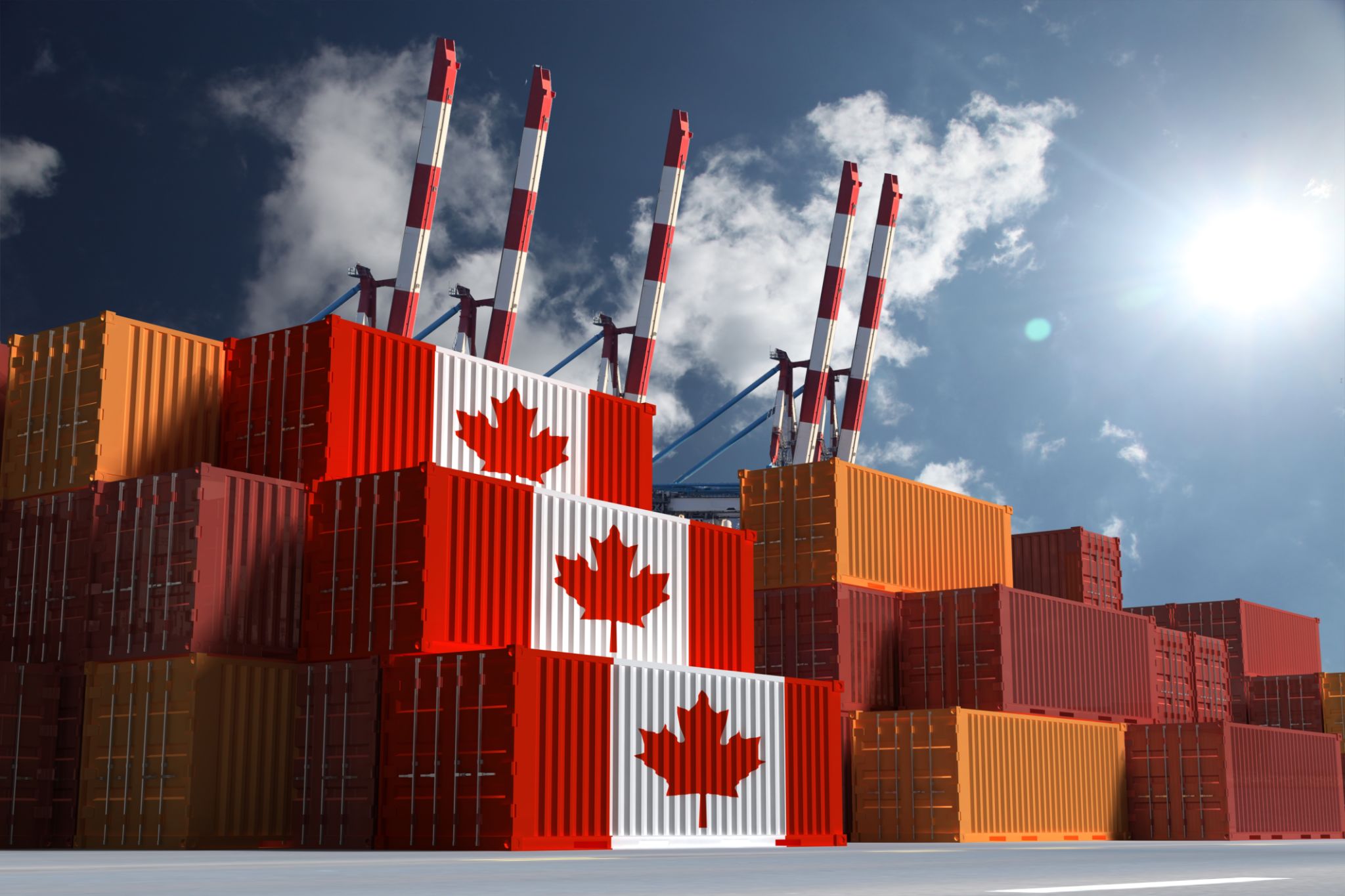Understanding Cross-Border Capital Deployment in Today's Global Market
Introduction
In today's interconnected world, understanding cross-border capital deployment is crucial for businesses looking to expand their horizons. As global markets evolve, the opportunities and challenges associated with capital investment across borders have become more pronounced. This blog post aims to shed light on the complexities and strategies surrounding cross-border capital deployment.
Over the past few decades, globalization has significantly increased the flow of capital across national boundaries. Companies are no longer confined to their domestic markets and are actively seeking investment opportunities in foreign lands. This trend is driven by the desire to access new markets, diversify investment portfolios, and acquire competitive advantages.

The Drivers of Cross-Border Capital Deployment
Several factors drive businesses to invest beyond their borders. One of the primary motivations is market expansion. By entering new markets, companies can increase their customer base and revenue streams. Additionally, cross-border investments provide opportunities for diversification, reducing risks associated with economic downturns in a single country.
Another significant driver is the potential for higher returns. Emerging markets often offer attractive growth prospects that are not available in more developed economies. Furthermore, technological advancements have made it easier for businesses to manage and monitor their international investments, reducing barriers that previously hindered such activities.
Regulatory Considerations
While the benefits of cross-border capital deployment are considerable, businesses must navigate a complex web of regulations. Different countries have varying legal frameworks governing foreign investments, taxation, and repatriation of profits. Understanding these regulations is essential to ensure compliance and avoid potential legal pitfalls.

Challenges in Cross-Border Capital Deployment
The process of deploying capital across borders is not without its challenges. Currency fluctuations can significantly impact the value of investments, leading to potential losses. Additionally, political instability in certain regions can pose risks to both the security of investments and the safety of personnel.
Cultural differences also play a crucial role in cross-border investments. Business practices that are acceptable in one country may not be well-received in another. Companies need to be culturally aware and adaptable to succeed in foreign markets.
Strategies for Successful Deployment
To navigate the complexities of cross-border capital deployment effectively, businesses should adopt strategic approaches. Conducting thorough market research is imperative before entering a new market. Understanding local consumer behavior, competitive landscape, and economic conditions can provide valuable insights.

Forming strategic partnerships with local firms can also mitigate risks associated with foreign investments. Local partners can offer insights into regulatory environments and help navigate bureaucratic processes. Furthermore, leveraging technology for real-time data analysis can enhance decision-making and risk management.
Conclusion
Cross-border capital deployment presents exciting opportunities for businesses willing to venture beyond their domestic borders. By understanding the drivers, challenges, and strategic approaches, companies can harness the potential of global markets effectively. As globalization continues to reshape the economic landscape, staying informed and adaptable will be key to success in this dynamic environment.
In conclusion, while the path to successful cross-border capital deployment is fraught with challenges, the rewards can be substantial for those who navigate it wisely. Businesses that are proactive and well-prepared stand to gain significantly from the vast opportunities available in today's global market.